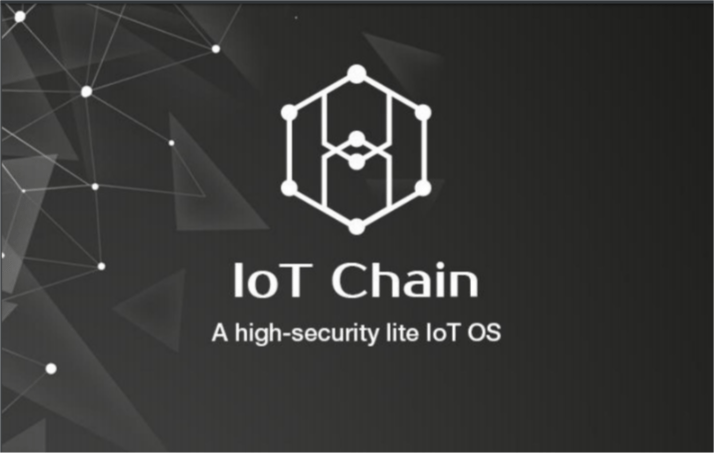Reason to trust

How Our News is Made
Strict editorial policy that focuses on accuracy, relevance, and impartiality
Ad discliamer
Morbi pretium leo et nisl aliquam mollis. Quisque arcu lorem, ultricies quis pellentesque nec, ullamcorper eu odio.
The Internet of thing, or IoT, is probably one of the most popular buzzwords the tech companies, as well as industry leaders, have been debating about since last decade. We were sold with the big visions from having our alarm waking us up without being set since it already has got an access to our calendar, to our fridge knowing if it is low on supplies and sends us a message to get more vegetables when we are at the market, referring to the location data on our Apple Watch. With the aim to solve to the prevalent problems and challenges in the current IoT sphere, IoTChain is all set to disrupt the IoT space this year.
The Background
The Internet of Things is faced with high-profile security lapses of user data, major hacks, and fragmented state of the industry. These problems have made people reluctant to rely on IoT products. Customers nowadays are also well-aware of the amount of personal data that they give out, and they choose to make decisions that limit the free-flow of data to businesses.
How Does IoTChain Address These Challenges?
IoTchain is a secure & lite operating system for IoT, based on the blockchain. It combines the blockchain with Direct Acrylic Graph (DAG) technology to operate IOT devices with low computing power. Using this mix of technologies, IoT Chain’s grand goal is to provide the framework for low-cost and secure connectivity for the IoT devices. IoTChain has been designed to solve the severe safety problems of present-day systems.
ITC applies a combination of asymmetric encryption of cryptography, semi-homomorphic-encryption ciphertext computing technology, and distributed architecture without the data center. Therefore, ITC can not only protect the users’ devices from being attacked by hackers, ensuring its controlling right safety; but also defend users and their devices’ data safety sovereignty and privacy. For example, the data of intelligent devices, such as the camera, can only be checked by users themselves.
The IoTChain Infrastructure
ITC uses Practical Byzantine Fault Tolerance(PBFT) to achieve main chain consensus, which is effective, fast and works well. PBFT is already in use by the Central Bank of China and IBM’s Hyperledger project. Variants of this consensus algorithm are already being used by Stellar, Ripple and NEO.
The use of Directed Acyclic Graph(DAG) technology also allows for drastically improved transaction performance and makes IoT Chain resistant to quantum attacks.
See how it works:
The ITC tokens
ITC is the abbreviation of IOT onchain Token, which is used to support the decentralized operation system of IOT. As the measure of value transfer in the ecosystem, any value transfer about the use and ownership as well as the content on intelligent devices must be settled by ITC. Because of the centralization design of tradition IoT architecture, the user’s behavioral data is stored in the center servers controlled by merchants. Thus, the user’s data is prone to be leaked out and the user’s privacy, as well as safety, will face severe threats.
The ITC Tokens are currently being traded at Huobi.pro, CEX.com, OKEx.com at the price of 1 ETH = 1000 ITC.
To know more about the platform and invest in ITC Tokens, please visit https://iotchain.io/ or you can access its White Paper, Yellow Paper, and Telegram page.



























